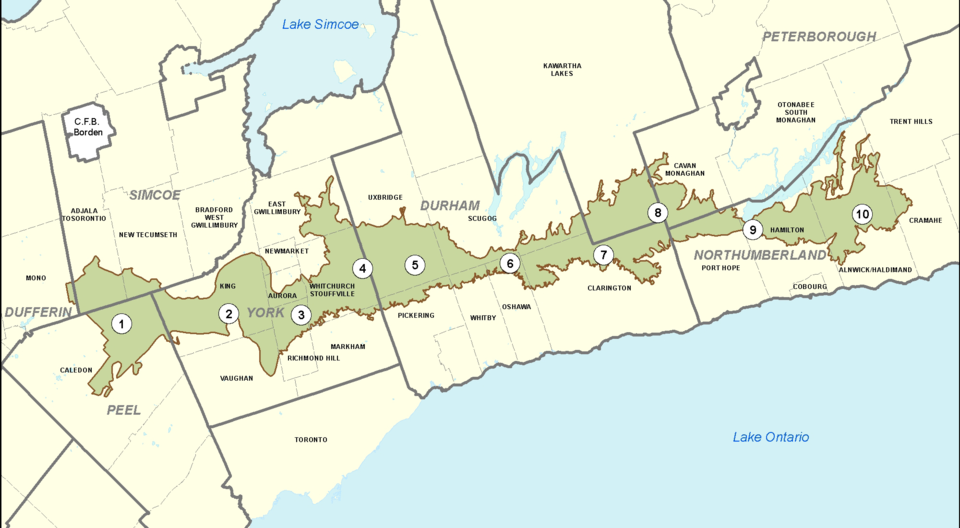Environmentalist Gloria Marsh can recall how legislation protecting the Oak Ridges Moraine came to be.
More than 1,000 people came out in 1999 to protest to a developer's proposal to pave over moraine lands in Richmond Hill, part of Greenbelt lands that help manage water flows, the Richmond Hill resident said. That eventually led to the province's creation of the Oak Ridges Moraine Protection Act and Oak Ridges Moraine Conservation Plan in 2001, which place restrictions on the development of land on the moraine.
Since the Ontario government is now opening up portions of the Greenbelt for development, a York Region developer is now seeking to break ground on moraine land in Richmond Hill.
“Being opposed doesn’t seem to help these days. We can be opposed all we want, but the way things are being pushed through at the provincial level, we have no recourse,” Marsh told NewmarketToday. “This will be a wait and see, how good and bad it will be.”
Markham-based developer White Owl Properties Limited seeks to develop between 1,000 to 2,000 residential units on 160 acres of land between Bayview Avenue, Bloomington Road and Leslie Street, on the border of Aurora. The company submitted to the province in December, proposing it rezone a portion of the land as a settlement area in the Oak Ridges Moraine Conservation Plan.
The developer currently owns 400 acres in the area, with a permit for aggregate extraction on parts of the land. It said with residential development in the surrounding area and a new GO station nearby, developing it for residences makes sense.
“We believe that the Bloomington Aggregates site offers an excellent and ideal opportunity for the province to expand the lands available for residential use within the Greater Toronto Area without the controversy associated with removal of lands from the Greenbelt,” company president Larry Repar said in a Dec. 2 letter.
As part of the pitch, the company is also proposing to donate Oak Ridges Moraine lands it owns in Uxbridge for conservation. It said servicing options are nearby in Richmond Hill, and it could move quickly to “secure necessary approvals.”
The province has not yet indicated whether it will move on the request, made during the consultation period for opening up Greenbelt lands across the province.
NewmarketToday did not receive a response to a request for comment from White Owl prior to publication deadline.
Marsh said there are some merits to the proposal, but she has misgivings and said it will take proper expertise to determine all the proposal's implications.
Protecting the Oak Ridges Moraine area is important to ensure water quality is maintained, Marsh said.
“We’re going to have an impact if we keep doing this in the Oak Ridges Moraine,” Marsh said. “We’re going to have major issues down the road, but nobody sees it.”
The province has sought to expand urban boundaries to meet its goal of building 1.5 million homes in 2031. But a report released this week by the non-profit Environmental Defence said there is already enough greenfield land designated for development in the province to meet that goal.
“There is so much existing land inside urban boundaries,” the report said. “There is no reason to expect that the (Greater Golden Horseshoe) would ever need to expand beyond existing urban boundaries, let alone into the Greenbelt.”
Still, Repar said these lands will make more sense to develop than other, outlying Greenbelt locations.
“The addition of housing in this location will increase housing supply in an area close to existing services to support complete communities,” he said in the submission.


